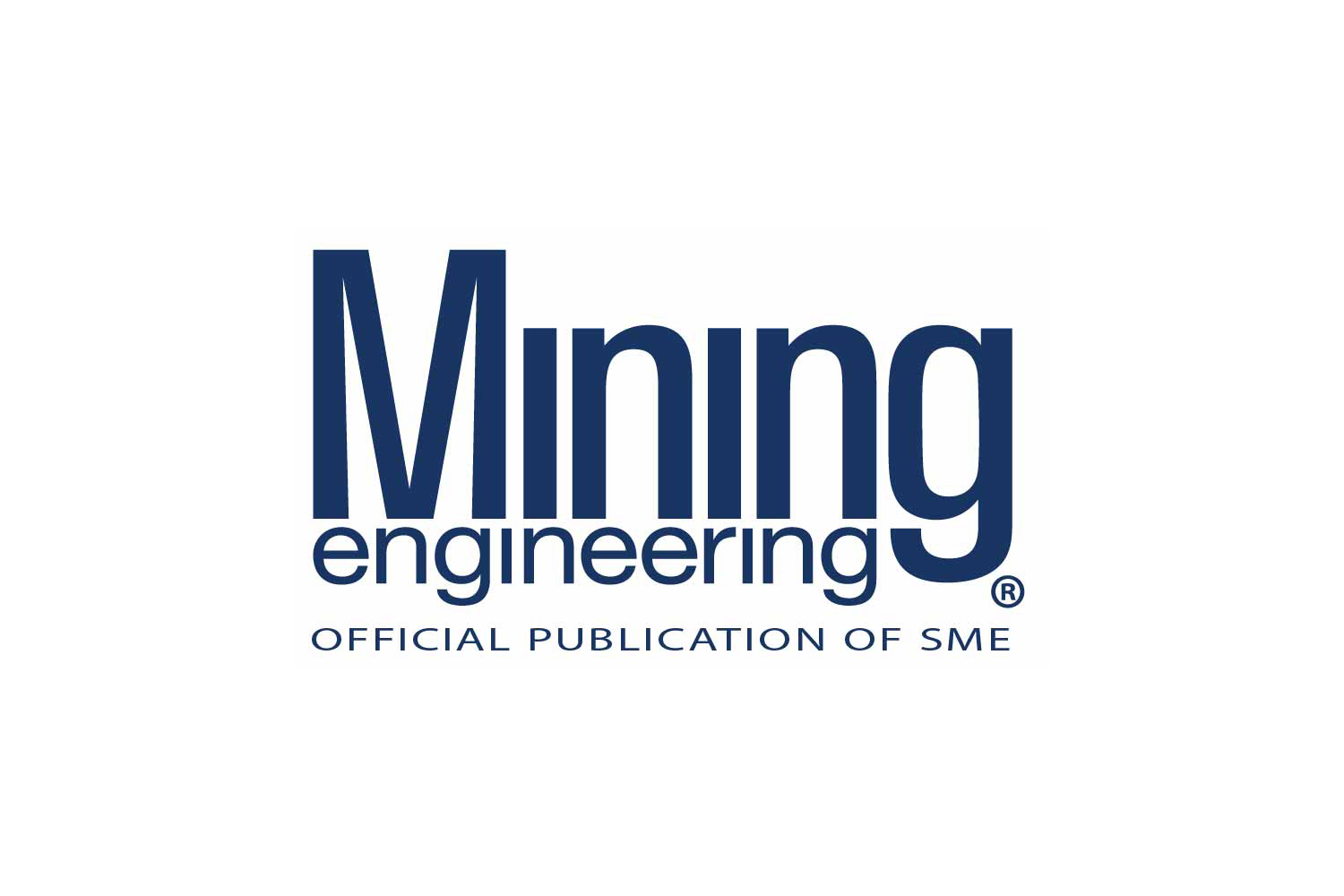
The White House Council on Environmental Quality (CEQ) unveiled a plan that would advance energy and infrastructure projects such as mines, road expansions and bridges through proposed changes to the 50-year-old National Environmental Policy Act (NEPA).
“For the first time in over 40 years, today we are issuing a new rule under the National Environmental Policy Act to completely overhaul the dysfunctional bureaucratic system that has created these massive obstructions,” President Trump said at the White House on Jan. 9.
The rule change would be one of the largest deregulatory actions of the Trump administration and is part of Trump’s broader effort to cut regulations and oversight to boost industry, including mining.
“This proposal affects virtually every significant decision made by the federal government that affects the environment,” Interior Secretary David Bernhardt said.
Reuters reported that the proposed rule says federal agencies would not need to factor in the “cumulative impacts” of a project, which could include its impact on climate change, making it easier for major fossil fuel projects to sail through the approval process and avoid legal challenges.
CEQ chair Mary Neumayr told reporters that the agency will weigh feedback during the rule’s comment period on whether or how to more explicitly address climate impacts.
The proposal would also put one federal agency in charge of overseeing the review process, instead of giving multiple agencies oversight of the process and set a two-year deadline for environmental impact studies to be completed and a one-year deadline for less rigorous environmental assessments.
Rich Nolan, president and chief executive officer of the National Mining Association (NMA), voiced his support for the rule change, saying in a statement, “The mining industry is all too familiar with the project delays and escalating costs associated with NEPA compliance. Our permitting process is broken, and NEPA’s historical problems play a big part in the unnecessary obstacles standing in the way of the responsible use of our natural resources. Today’s action is a concrete step in the right direction. The proposal reflects the original intent of NEPA, which is to require a hard look at the environmental impacts of major federal projects, not to stop projects in their tracks.”
Another proposed change includes widening the categories of projects that can be excluded from NEPA altogether. If a type of project got a “categorical exclusion” from one agency in the past, for example, it would automatically be excluded from review by other agencies, according to the plan.
The NMA said it specifically welcomes proposals to bring clarity to NEPA regulations by refining definitions of key terms, providing page limits and timeframes to ensure expedient reviews and to allow greater applicant participation in the process under strong agency oversight.
According to CEQ, the average length of a full-blown Environmental Impact Statement is currently 600 pages and takes 4.5 years to conclude. U.S. federal agencies prepare approximately 170 such assessments per year.
For new mines, the process takes closer to 10 years, which is one of the longest mine-permitting processes in the world.
Environmental groups are expected challenge the final proposal.
Photo: The White House. Credit: Shutterstock.
Source : me.smenet.org
